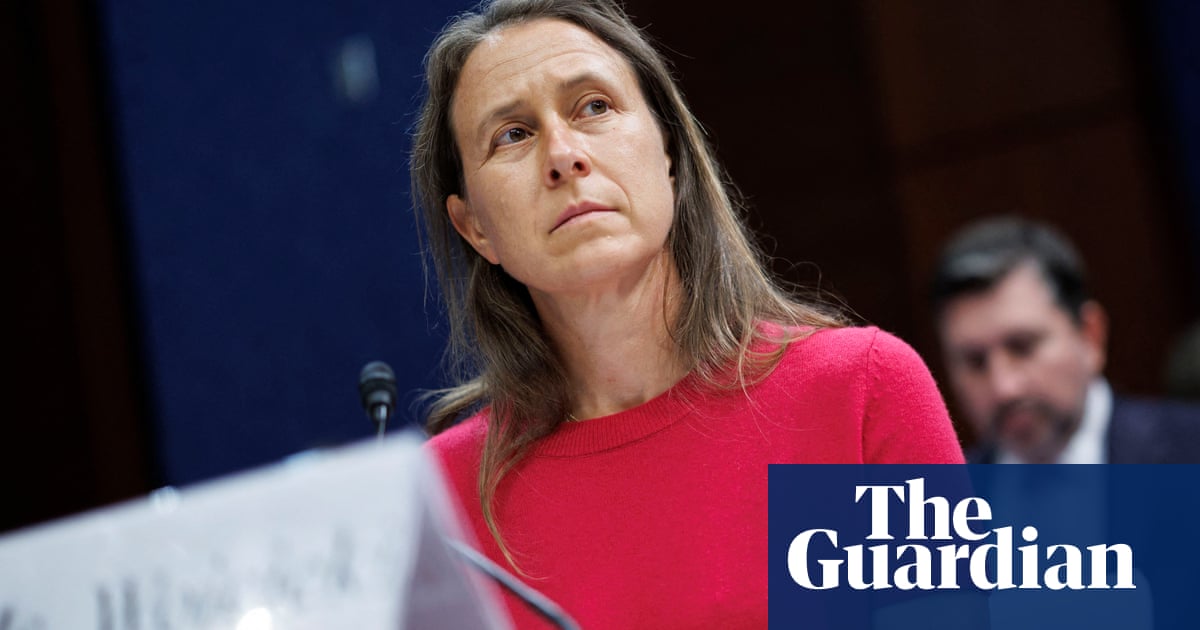In a pragmatic and insightful session at QCon London 2025, Louis Ryan, CTO of Solo.io—a company deeply involved in cloud-native networking—and a co-creator of the influential Istio service mesh, tackled the complex realities of building robust networking across hybrid cloud environments. Part of the highly relevant “Multi-Cloud and Hybrid Cloud Architectures” track, Ryan’s talk, “Hybrid Cloud-Native Networking in Enterprise – Some Assembly Required,” drew an audience of architects and platform engineers.
Ryan didn’t mince words about the difficulties. “Delivering a ‘useful’ network in the typical enterprise has always been challenging, but it’s only getting harder,” he stated, underscoring the growing pains of containerization, the strategic push towards multi-cloud for resilience and compliance, and even the occasional need to bring workloads back on-premises.
Instead of offering a simplistic vision of seamless connectivity, Ryan grounded his presentation in the messy reality many enterprises face: a patchwork of legacy systems, disparate cloud providers, and the rapid influx of cloud-native technologies. His core message was a clear call to action: networking can no longer be an afterthought. Architects and platform teams must approach it with the same deliberate design principles applied to their applications.
The session emphasized that constructing a functional hybrid network isn’t just about picking the right tools. It demands a thoughtful and intentional assembly of components to establish reliable, observable, and secure communication pathways spanning on-premises data centers, public clouds, and edge environments. While acknowledging the power of technologies like service mesh, zero-trust security models, and modern proxies, Ryan stressed that the critical success factor lies in how effectively teams integrate these pieces to address their specific organizational requirements.

Using extensive experience, Ryan illustrated the ordinary “hairpin” pattern, where a central proxy handles all ingress and internal traffic. While offering a degree of centralized control and visibility, this pattern can also introduce performance bottlenecks and single points of failure.
Ryan concluded his session with a set of crucial takeaways for navigating the complexities of hybrid cloud-native networking:
- Complexity is the Norm: Hybrid and multi-cloud networking in enterprises is inherently complex, and there are no easy, out-of-the-box solutions to escape this reality.
- Intentional Assembly is Key: To build a coherent and effective networking strategy, teams must move beyond simply adopting individual tools and focus on how they are intentionally assembled and integrated.
- Networking as a First-Class Concern: Networking must be considered early and throughout the architectural design process, not treated as a secondary concern.
- Focus on Reliability, Observability, and Security: The primary goal should be to engineer reliable networking pathways that offer deep observability and enforce strong security policies consistently across all environments.
- Evaluate Existing Tools Critically: Enterprises must critically assess their current networking tools and understand how they can be effectively composed within a broader hybrid strategy.
Louis Ryan’s key message resonated with the QCon London audience: the future of enterprise networking in a hybrid world isn’t about discovering a mythical “silver bullet,” but the deliberate and strategic assembly of the right components, tailored to specific organizational needs and constraints.









